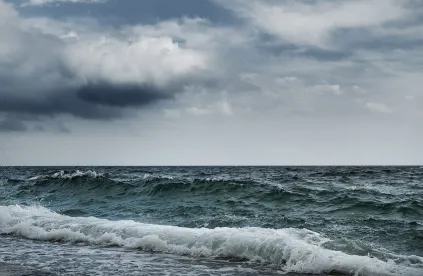EPA has published its most recent proposed definition of "Waters of the United States" with an eye toward finalizing that definition next year in time for the 50th anniversary of the Clean Water Act.
Before I get to the substance of EPA's proposal, and the controversy it will most certainly cause, I have to pause to recognize the amount of work the Agency has done since the beginning of the Biden Administration on this and many other fronts.
EPA's proposed definition of "Waters of the United States," and its extensive attempted justification of it, span 290 pages, an astounding amount of work in ten months.
But do I think this proposal is the beginning of the end of the longest-running controversy in environmental law? No way. Why? Because, as EPA acknowledges, it leaves too much room for interpretation by EPA, the Army Corps of Engineers, and ultimately the Courts, which most certainly means more litigation. Also, while the proposed reach of the Act is narrower than the broadest ever proposal during the Obama Administration, it is broader than anything that came before that proposal.
Much of what EPA would define as "Waters of the United States" is consistent with the interpretation of the law from 1972 until the turn of the century. But EPA also wants to include within the reach of Federal law any "impoundment", "wetland" or "other waters" that are either "relatively permanent" or have a "significant nexus" to a "Water of the United States" as they have been defined for decades.
EPA makes the best case it can that the "relatively permanent" and "significant nexus" expansions of the law are driven by Supreme Court precedent but the fact is, as EPA recognizes, a majority of the Supreme Court, let alone the current Court, has never found the Clean Water Act to extend to "relatively permanent" water features that don't have a "significant nexus" to what has been considered a "Water of the United States." And of course, Congress has said nothing at all about such an expansion of the law.
EPA's attempted expansion of the reach of the Clean Water Act to "relatively permanent" impoundments, wetlands, and "other waters" that don't have a "significant nexus" to a Water of the United States raises a constitutional question that at least some federal courts are unlikely to ignore and the current Supreme Court may very well be eager to consider.
So, if EPA continues down this road, more litigation over the reach of the Clean Water Act is certain and whether EPA's most recent proposed definition of "Waters of the United States" will be "durable", as EPA has hoped, is very much in question.
On November 18, 2021, the U.S. Environmental Protection Agency and the Department of the Army (“the agencies”) announced the signing of a proposed rule to revise the definition of “waters of the United States.” This proposal marks a key milestone in the regulatory process announced in June, 2021. The agencies propose to put back into place the pre-2015 definition of “waters of the United States,” updated to reflect consideration of Supreme Court decisions.




 />i
/>i

